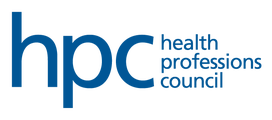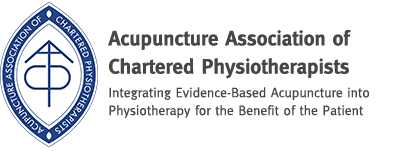Sports Injuries occur when more force is applied to a body part than it can withstand and adapt to.
Acute injuries such as hamstrings tears occur when they are required to contract with more force than they are able to, or in a position in which they are not trained to function – this is why they usually occur towards the end of a run when the muscle is fatigued, or when and athlete is sprinting – when the legs are being used more forcefully and in a larger range of motion.
Overuse injuries or ‘Repetitive Strain Injuries’ (RSI) such as golfers elbow or plantar fasciitis are more complicated.
As the name suggests they are related to a body part being overloaded, however that doesn’t mean that all you need to do to avoid them is avoid activity! Tissues can be overloaded because they are not trained or adapted to the load placed upon them, because some other tissues in the body are not ‘sharing’ the load, or simply because the forces placed upon the tissue has suddenly increased.
Knowing your body, its strengths and weaknesses – and training appropriately for the demands placed upon the body can both help to minimise risks of injuries.
I frequently see in my patients with sports injuries that they severely lack range of motion in certain joints adjacent to a site of pain.
For example:
So where do I as an Osteopath come in?
- Help you manage any injuries you do have. Whether it’s an ankle sprain, lower back pain, golfers elbow or a torn muscle- proper management, rehabilitation and re-training can minimise the time you are out of action, and prevent a recurrence.
- Help change the course of any chronic injuries before they become severe enough to take you out of action. Is there something biomechanical that we can change to help your body move better? Is there some specific exercise you can be doing to strengthen a weak link? Is there something in your training routine we can change to prevent overloading, or improve recovery?
- Advise you on a good strategy for taking your training to the next level – how to make sure your body moved the best it can for what you want to achieve.
Osteopaths are experts in anatomy, physiology and movement. Here are Central Osteopaths we take pride in providing an up-to-date, science-informed service to help you be your best.
Blog compiled by by Matt Penman M.Ost, Head Osteopath at Central Osteopaths








